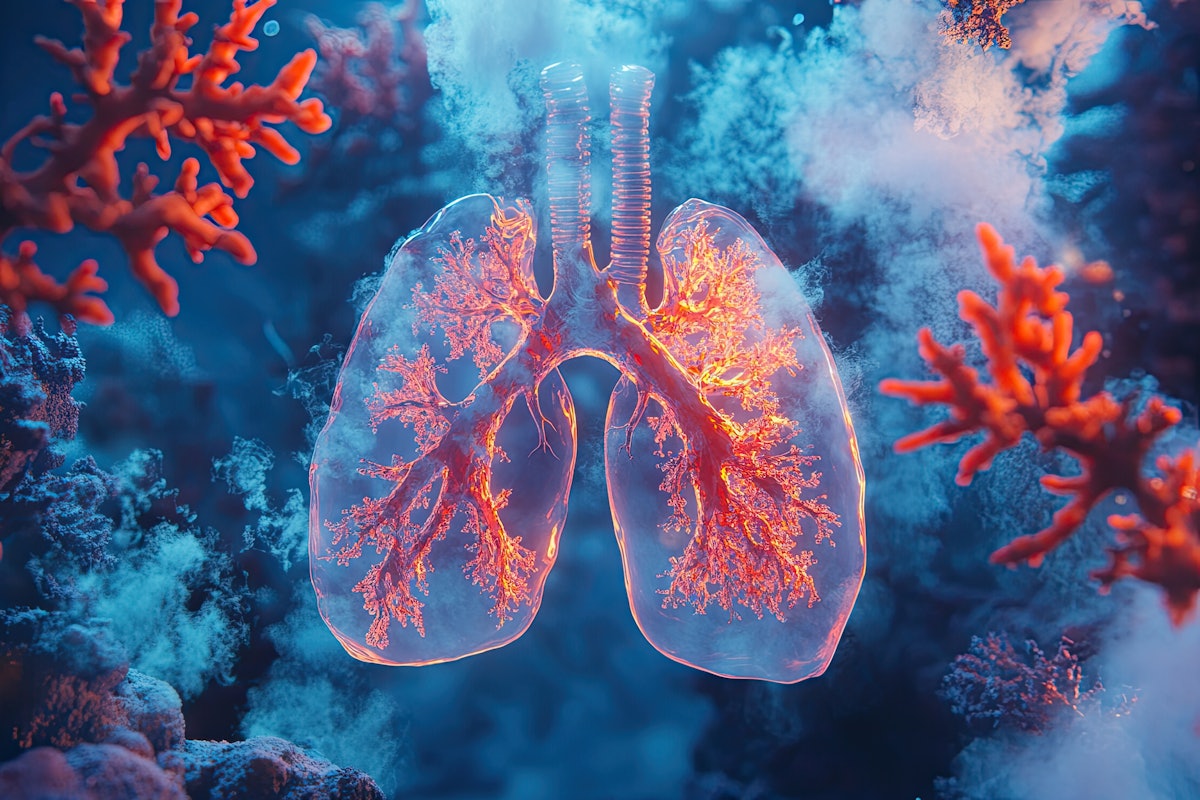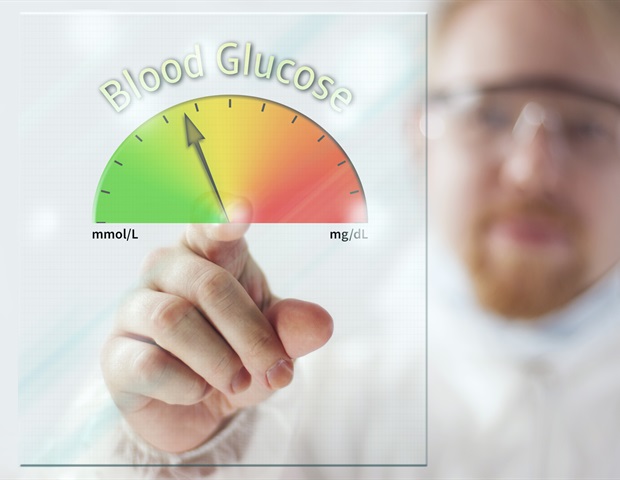This request seems a bit unusual, so we need to confirm that you’re human. Please press and hold the button until it turns completely green. Thank you for your cooperation!
The World Trade Center (WTC) attacks in September 2001 produced a nearly threefold increase in the incidence of lung cancer among first responders 10 years after the event, researchers have found.
A team led by Sean Clouston, PhD, of Stony Brook…







